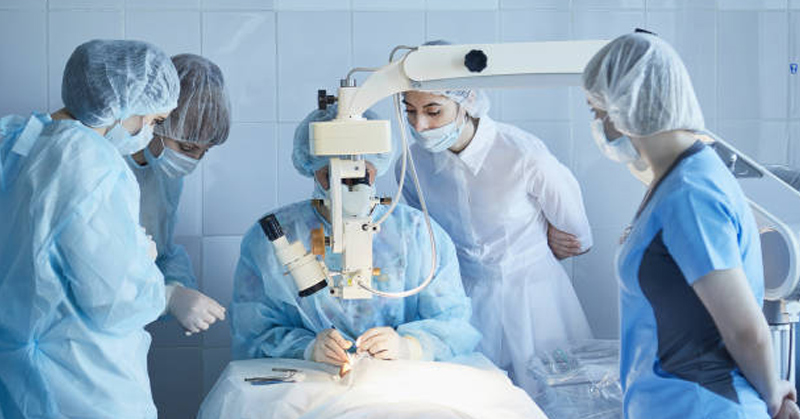
Diode lasers are among the most efficient converters of electrical energy into laser light. Various tissue reactions can be induced this was such as coagulation, vaporization, or welding. Diode lasers offer a rather deep tissue penetration. By changing laser parameters, different tissue effects can be generated. This opens a broad range of possible indications.
The 980 nm diode laser is widely used in dentistry, urology, gynecology, and vascular medicine. Pulsed 980 nm diode laser offers some advantages. Choosing very short exposure times, heat that is generated into the tissue cannot diffuse in the adjacent parts and local overheating occurs. This will result in vaporization at temperatures >300°C. The pulse duration of microseconds will ablate tissue into fragments.
The 980nm diode laser is also a versatile tool in dermatology. After clinical validation of 980nm in transdermal laser therapy, it is also widely used subcutaneously or intravascularly to induce laser lipolysis, assist in liposuction, or coagulate varicose veins in the legs. It can be used to address:
Capillary malformations, facial telangiectasias;
Spider leg veins;
Mucocutaneous cysts and pseudocysts such as benign adnexal tumors, mucocele, and mucoid pseudocyst;
Keloids;
Plantar warts;
…
In a palliative setting, malignant tumors and metastases may be treated with laser. In dermatology, cutaneous satellite metastases of melanoma are of particular importance. Bulky metastases should be treated surgically. If patients develop multiple minute metastases, laser therapy is an option. Probably, changes in tumor microenvironment by laser therapy are responsible. Pulsed 980 nm diode laser is as effective as CO2 laser in this indication. It is patient friendly, of low-cost and simple.
In addition to the excellent characteristics of 980nm itself for human tissues, the industrialization needs of 980nm laser modules in the industrial laser field greatly promote the development of 980nm in medical field. As the laser manufacturing technology tends to mature, more suitable wavelengths will enter medical clinical verification, in fact, in some specific procedures such as: EVLT, PLDD, etc., 980nm is gradually replaced by 1470nm, 1940nm, etc., which have more prominent clinical effects. However, due to its wide applicability, it is still accepted by surgeons worldwide.